Table of contents
Know everything about the Chanana plant!
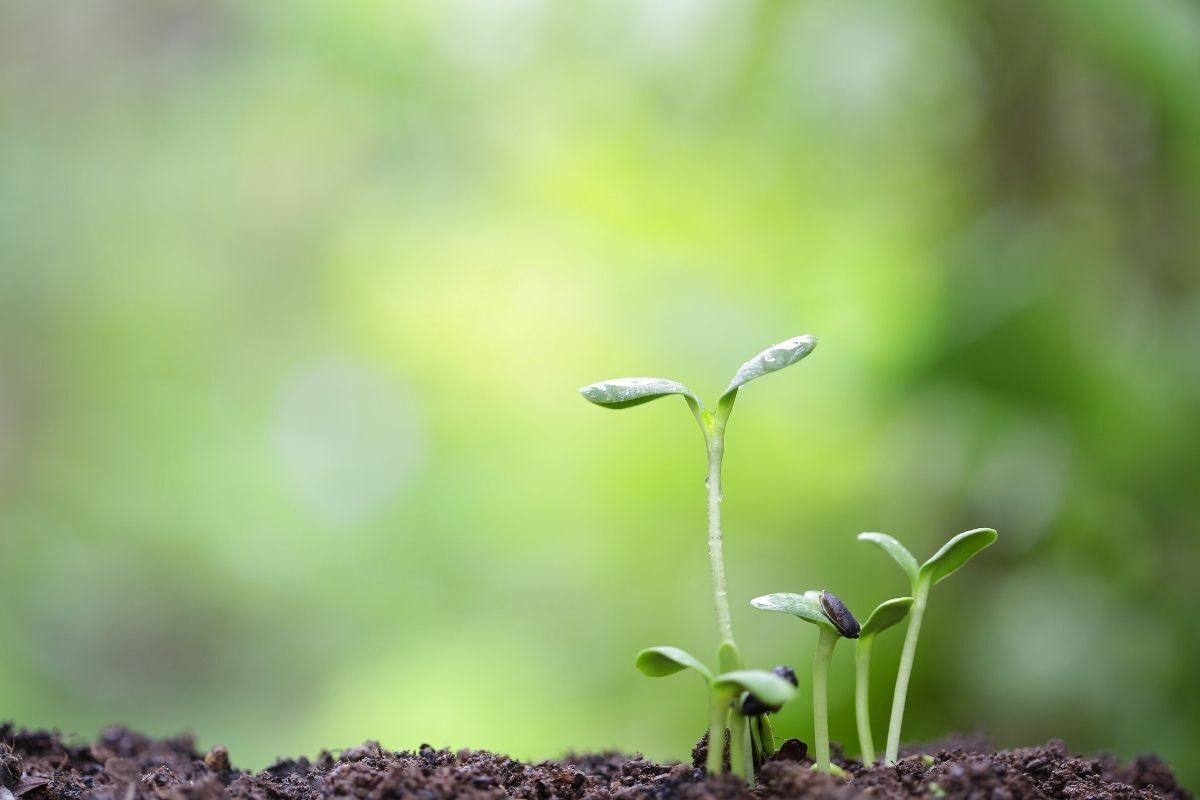
Did you know that the Chanana, an extremely fragrant plant, is the heritage and symbol of the capital Natal in Rio Grande do Norte? The title is due not only to the abundance of the flower in the streets of the city, but also to the landmark of resistance of Natal.
According to the Potiguar poet Diógenes da Cunha Lima, the plant expresses the resilience and resistance of the city, which continues to exist and grow together with the nature that surrounds it. Endowed with unusual properties, the Chanana, despite being simple, has been a holy remedy in popular medicine over the years.
The Chanana carries powers capable of eliminating the side effects of chemotherapy, for example, and also acts in the prevention of tuberculosis. As food, the aromatic herb decorates dishes, seasoning recipes and can replace green tea. Know everything about the plant Chanana in this article!
Understanding more about the Chanana plant
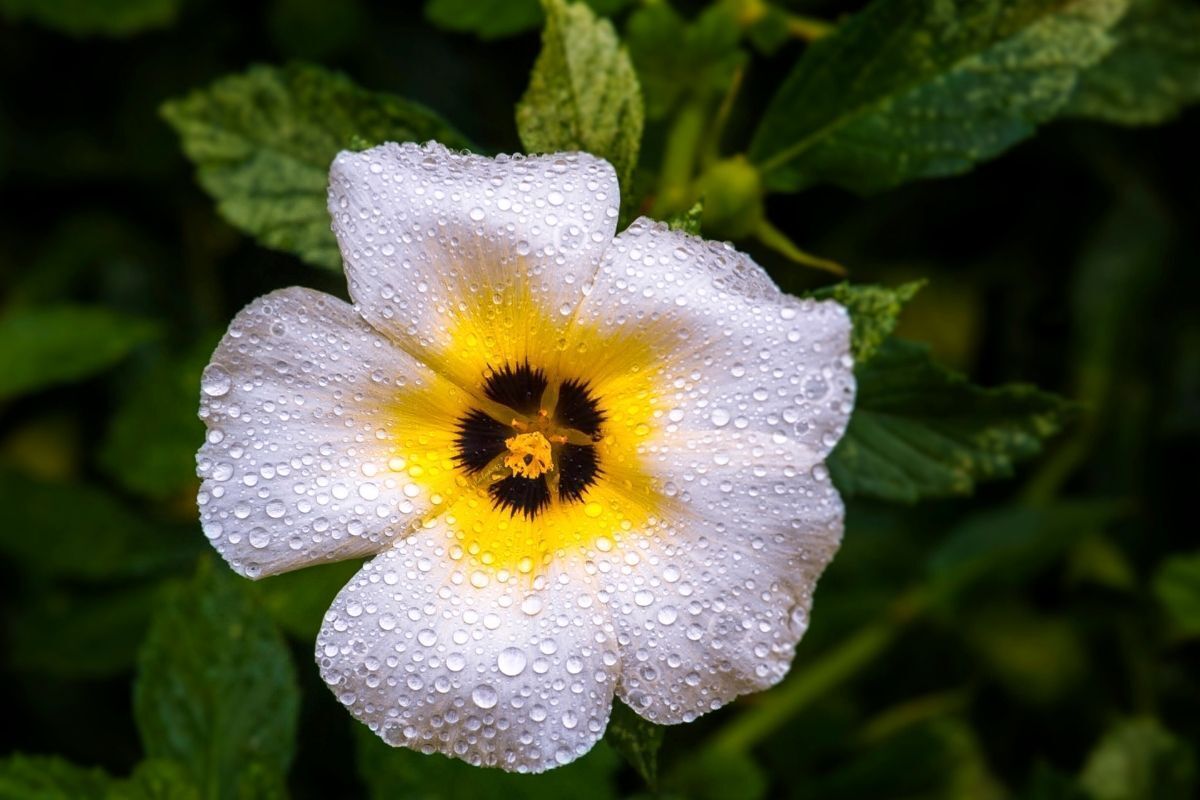
Famous for its medicinal properties, aphrodisiacs and food, the Chanana has been gaining ground in the daily routine of those who want to have an exemplary health. The plant, besides preventing diseases, also helps to detoxify the body. Understand more about it below!
Origin and scientific name
Turnera diffusa, Turnera subulata or Turnera aphrodisiaca, also popularly known as Chanana, Damiana, Albina, onze-horas, flor-do-Guarujá or Turnera, is an ornamental plant, which has edible and medicinal properties.
The name of the genus, Turnera, as well as the botanical family, Turneraceae, is a tribute to the Reverend William Turner, who, even as a supporter of the Lutheran Reformation, became a physician, physicist, zoologist, naturalist and herbalist, being considered the "father of English botany".
The plant is native of countries with hot climates and can be found, spontaneously, in Central and South America. It is also typical of the coastal restingas and still grows in other places, such as Indonesia, Malaysia and Pacific islands. In Brazil, it is easily found in the northeast region, mainly in the capital of Rio Grande do Norte.
What is the Damiana plant used for?
Known for its versatility and easy handling, the Damiana, or Chanana, is great for embellishing gardens and planters. However, more than this, the plant brings together qualities that improve physical and mental health. It is especially useful for treating psychological illnesses such as insomnia, depression and anxiety.
This aromatic shrub also provides a boost to the immune system. The plant can also be used to prevent bacterial infections and those transmitted by microbes. It is considered one of the most important aphrodisiac flowers known today.
Characteristics of the Chanana plant
With an erect stem and well-defined branches, the Chanana is a shrub that can reach one to two meters in height. Its flowers have rounded petals in white and yellow colors and have a soft, sweet scent that only open in the morning.
Its leaves, which are also aromatic, have a deep green color. The Chanana is easily propagated by cuttings and is a perennial and resistant plant that blooms all year round. Its handling, planting and propagation are easy, and the plant does not require much care, and can even be grown in flowerbeds.
Properties of the plant Damiana
Known for its medicinal and edible properties, the Damiana is also excellent for decorating both indoor and outdoor environments. As a PANC (Non-Conventional Edible Plants), all parts of the plant - flowers, leaves and roots - can be used in delicious and nutritious recipes.
From a medicinal point of view, Damiana relieves the side effects of treatment for diseases such as cancer and HIV and acts as an ally in preventing infections in the urinary tract and gastrointestinal system. In addition, it is a great detox and helps increase libido.
Benefits of the Chanana plant
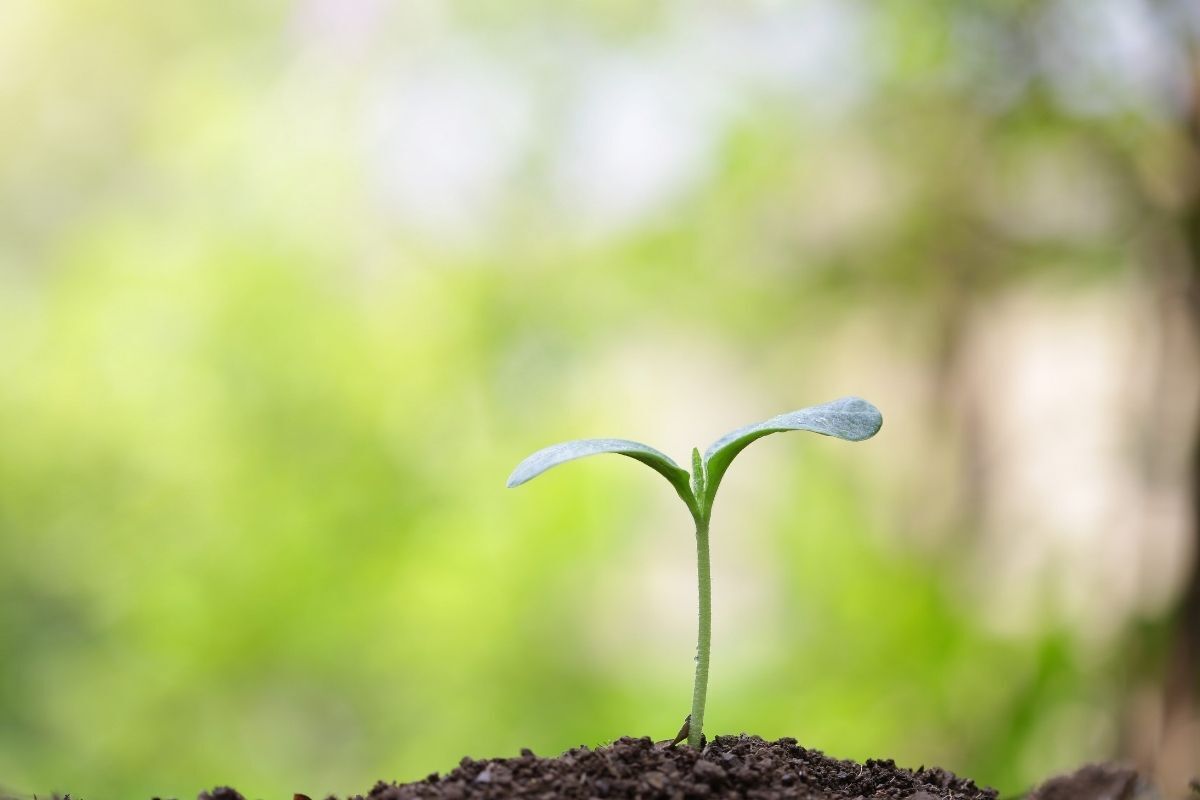
Although there is still a need for further scientific studies, the Chanana is already considered a super plant, capable of bringing numerous health benefits. See, below, everything about the use of the plant and its medicinal properties!
Has aphrodisiac properties
If you want to spice up a little more the relationship with your partner, the herb Damiana can be a good alternative. This is because the plant acts on the tract of female and male sexual organs, avoiding infections and discomforts and increasing libido.
The proper use of Chanana can be an excellent sexual stimulant. According to experts, the plant has aphrodisiac properties, which contribute to better performance, both man and woman. They also stimulate sexual appetite and prolong the feeling of pleasure.
Helps in the treatment of asthma and bronchitis
Chanana extract acts better than corticoids in the treatment of asthma and bronchitis. This is because the use of the plant decreases the production of mucus by the body. Thus, it decreases irritation in the airways and soothes the disorders.
Chanana has anti-allergic and anti-inflammatory properties that help in clearing the airways and lungs, reducing the crises and minimizing their symptoms. The plant also has expectorant and antibiotic properties, which help in the elimination of phlegm.
Improves digestion
Chanana has been, for several years, popularly used for the treatment of gastric problems, such as gastritis, ulcers, heartburn and poor digestion, among others. This is because the use of the plant creates a protection on the stomach wall, avoiding the excess of hydrochloric acid produced by the organ itself.
In this way, Chanana recovers and regenerates the stomach mucosa, minimizing the appearance of these diseases. The plant also acts in the protection of the liver, especially if it suffers from the action of drugs such as paracetamol. For having antioxidant property, reduces the production of free radicals and prevents the accumulation of cholesterol.
Prevents constipation
For its ability to improve digestion and act directly on the digestive system, regulating the production of acids and enzymes, Chanana is also excellent in combating constipation. The plant has laxative effect and regenerates the intestinal flora, avoiding pathologies based on bacteria and micro-organisms.
So, if taken regularly, in tea or capsules, the plant prevents constipation and regulates the intestine. As a result, besides avoiding the discomfort caused by constipated bowel, it also helps eliminate toxins from the body.
Acts against urinary infections
Although they are more common in women, urinary tract infections usually occur in the bladder and urethra. However, in more serious cases, it can reach the kidneys. The treatment with the plant can be done from the ingestion of teas or intimate baths with the infusion of the leaves of the herb.
Due to its antibacterial and astringent properties, the plant acts directly on the urinary system, eliminating impurities that can cause diseases, while protecting the body.
Has anti-inflammatory and antimicrobial action
The antimicrobial property of Chanana has the power to prevent the growth of microorganisms. Microbes are responsible for infections that affect, for example, the respiratory tract, the urinary system and the reproductive system.
Thus, its anti-inflammatory and antimicrobial action also helps prevent sexually transmitted diseases such as gonorrhea and syphilis. It also helps in the treatment of chlamydia and leprosy.
Acts in the treatment of anxiety and depression
Not today that popular medicine recognizes the benefits of Chanana to combat anxiety and depression. This is because the plant has antidepressant property, because it contains allelochemical substances.
For those who don't know, the allelochemical substances have anaesthetic and calming effects, which greatly help in reducing the symptoms of mental and psychological illnesses, such as depression. In addition, the plant helps fight insomnia and restores emotional balance, minimizing anxiety.
Helps in the treatment of menstrual problems
Although it still lacks further pharmacological studies, Chanana has been used for decades, mainly in the north and northeast regions of the country, for the treatment of menstrual dysfunctions, such as colic and absence of menstruation (amenorrhea).
Besides being analgesic, the plant acts on hormonal balance, providing the regularization of menstrual flow. It is also preventive when it comes to abnormal uterine bleeding, arising from dysfunctions in ovulation.
Helps control blood sugar rates
Because of its antihyperglycemic effect, Chanana is widely used in folk medicine to prevent blood sugar levels from being too high. In this way, it can be used to complement treatments for diabetes.
However, the studies conducted show contradictory results. Therefore, it is recommended that the doctor be consulted before starting treatment with the plant. It is also necessary to research whether the use of this tea is suitable for the glucose levels found in diabetic people. This may influence the amount of the plant to be ingested daily.
How to consume the Chanana plant
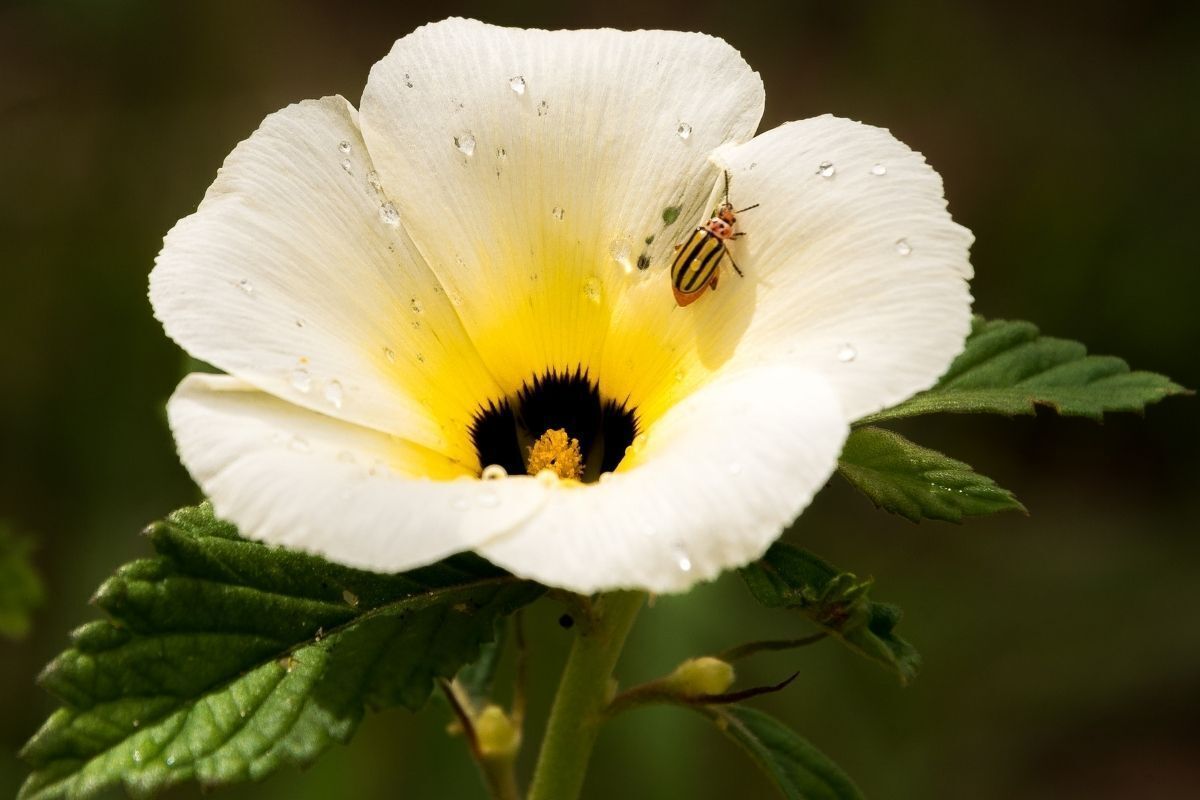
The delicate white or yellow flowers of Damiana are excellent to be used in salads. Its leaves and roots are sources of teas with various medicinal properties. Below, check out some tips to introduce this plant in your daily routine!
Cooking
With a smooth and sweet flavor, the Chanana flowers should be eaten raw. They are excellent in salads and to decorate drinks, for example. They can also be used as jelly or candied. The leaves can be served cooked and are still very tasty in recipes for soufflés and sauces.
Dried and ground, the leaves are used as a seasoning known as oreganillo. As there are still not enough studies on the use of the leaves, blanching is recommended, that is, scalding the leaves in boiling water and then giving them a thermal shock with ice water before consumption.
Chanana tea recipe
Did you know that one of the most complete and efficient detox teas is made with Chanana leaves? Dried or fresh, the leaves of the plant are great substitutes for green tea.
Despite its proven effectiveness, the consumption of tea should be done with medical or phytotherapist monitoring. The consumption of tea should not exceed two cups per day, and the infusion should be renewed every 24 hours. In addition, the tea can be drunk cold or hot.
Ingredients
Chanana tea can be made with the leaves or the roots of the plant. To make tea with the leaves, you will need:
- 1 liter of mineral water without gas or solarized water;
- Two fresh Chanana leaves;
- A translucent glass bottle.
Already to make the tea with the roots of the plant, you will need:
- One liter of mineral water without gas or solarized water;
- 40 grams of dried and ground roots of the plant;
- A bottle of translucent vido.
How to do
To make the tea with Damiana leaves, first boil a liter of mineral water without gas or solarized. When it boils, pour the water into the glass bottle, add the leaves and cap. Let it cool for half an hour, and the tea will be ready.
For the roots, boil the ground mixture with a liter of mineral or solarized water. Let it boil for about 5 minutes, in a covered container. Turn off the fire, let it cool a little and strain it into a glass bottle. Then, cover the bottle for about 15 minutes, and the drink will be ready for consumption.
Capsules
Two capsules a day is the necessary dose for those who want to enjoy all the benefits of Chanana. The capsules of the plant can be found in herbal medicine stores or online and have expectorant, anti-inflammatory and anti-depression action.
However, it is always good to be accompanied by a doctor or a phytotherapist to evaluate the consumption of the drug. This is because, even being natural, the exaggerated dosage of consumption can cause side effects, such as diarrhea.
Contraindications and possible side effects of Damiana
Excessive consumption of Damiana can cause liver and kidney problems, besides having a laxative and diuretic effect. The plant, if ingested in large quantities, can cause insomnia, headache, nausea and vomiting.
Studies and research on the toxic action of the plant on the organism are still being carried out. Therefore, it is recommended that pregnant or breastfeeding women avoid its consumption.
How to grow the Chanana plant at home
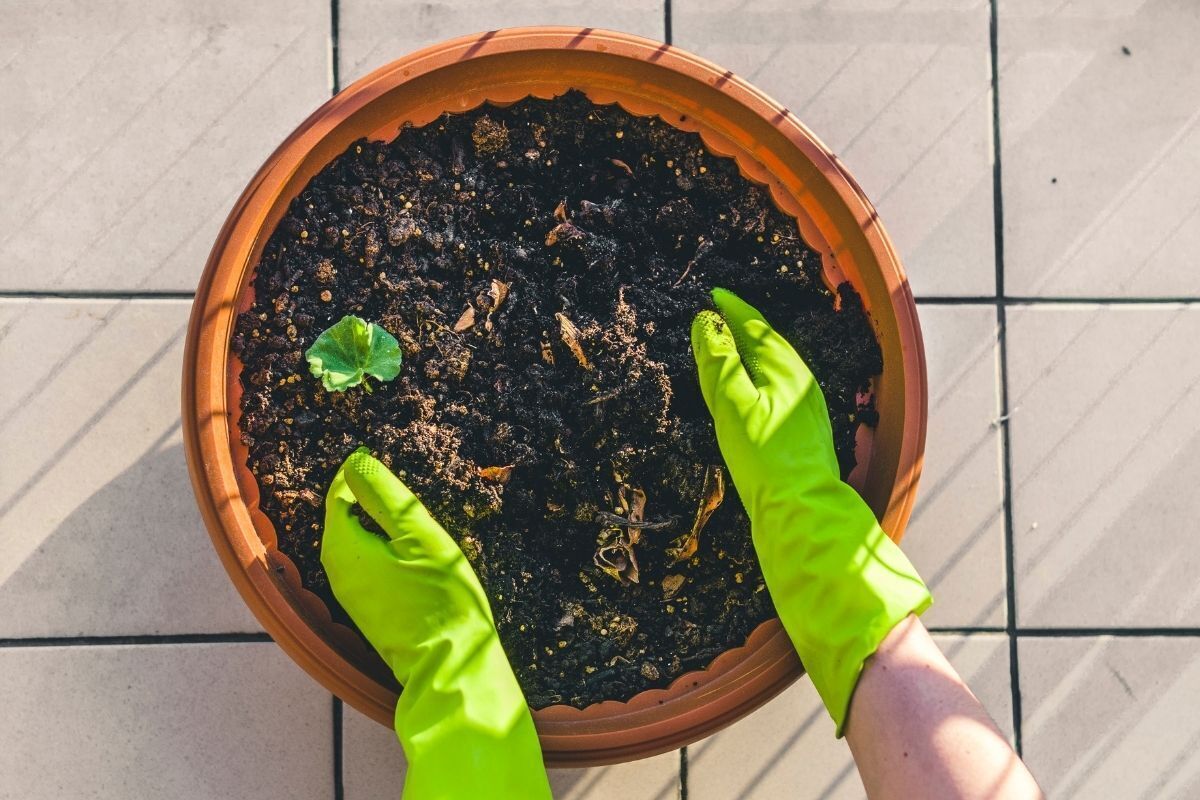
Called by many a weed, the Chanana is a very common plant and can be found in flowerbeds, gardens and even in abandoned lots. Despite being rustic, the species requires some care. Here is everything you need to know to grow it!
Where to put it?
Because it is a wild plant, the Damiana adapts well, both in pots and in flowerbeds and gardens, especially if planted with other cacti. However, before transposing the plant to its definitive location, it is necessary to treat the seeds.
According to experts, the seeds of the Chanana should first be planted in small containers to facilitate germination. Only after the plant reaches about 5 to 10 cm, it should be transferred to the pot or garden. It is worth remembering that, as soon as the plant is sown, irrigation should be done.
Optimal lighting for the Xanana plant
The Chanana is a small to medium sized shrub that likes a lot of light. If used in outdoor landscaping, it is important that it is in a sunny spot.
For interior decoration, the ideal is to place the Chanana on balconies and windows where there is more sunlight. If, by chance, you don't have a well-lit place, bet on blue and red LEDs, great for making the plant grow stronger.
Temperature and hydration
As it is a characteristic plant of hot and tropical climates, the Chanana does not develop well in cold or mild temperatures. Therefore, the plant should be cultivated in places where the winter temperatures are a little higher, at least 21 degrees, as is the case in the northeastern region of Brazil.
The Chanana is a plant that does not like humidity, therefore, the watering should be done only when the soil is very dry. In case of outdoor, it is not necessary to water, except in periods of drought.
Soil and substrate for the plant
The Chanana is a rustic plant and is not demanding in relation to the soil, so it grows well in poor, sandy or saline soil. The only important point is that the soil has good drainage. However, in case of planting, it is always good to treat the soil with substrates so that the plant grows healthy. It is recommended to use vegetal soil, worm humus and garden soil.
Chanana Maintenance
Damianas or Chananas are prone to diseases and pests. This is mostly due to the wrong maintenance of the plant. For example, if there is too much humidity and lack of air circulation where the shrub is planted, mites and mosquitoes can appear.
So, avoid overwatering, use the correct fertilizer and maintain air circulation and sun exposure (if planted in pots and indoors). One way to improve air circulation in the plant is to prune its leaves.
Price and where to buy
In natura, the Chanana plant is quite common in public beds and gardens, for example, for its high power of pollination. However, in the market, it can be purchased in seeds, extracts, ready-made teas, capsules, tinctures and oils, among others.
These variations of the product are easily found in websites and phytotherapic shops, as well as in commercial establishments dedicated to floriculture. You can also buy, for example, a thousand seeds for about R$ 90,00.
Enjoy all the benefits of the Chanana plant!
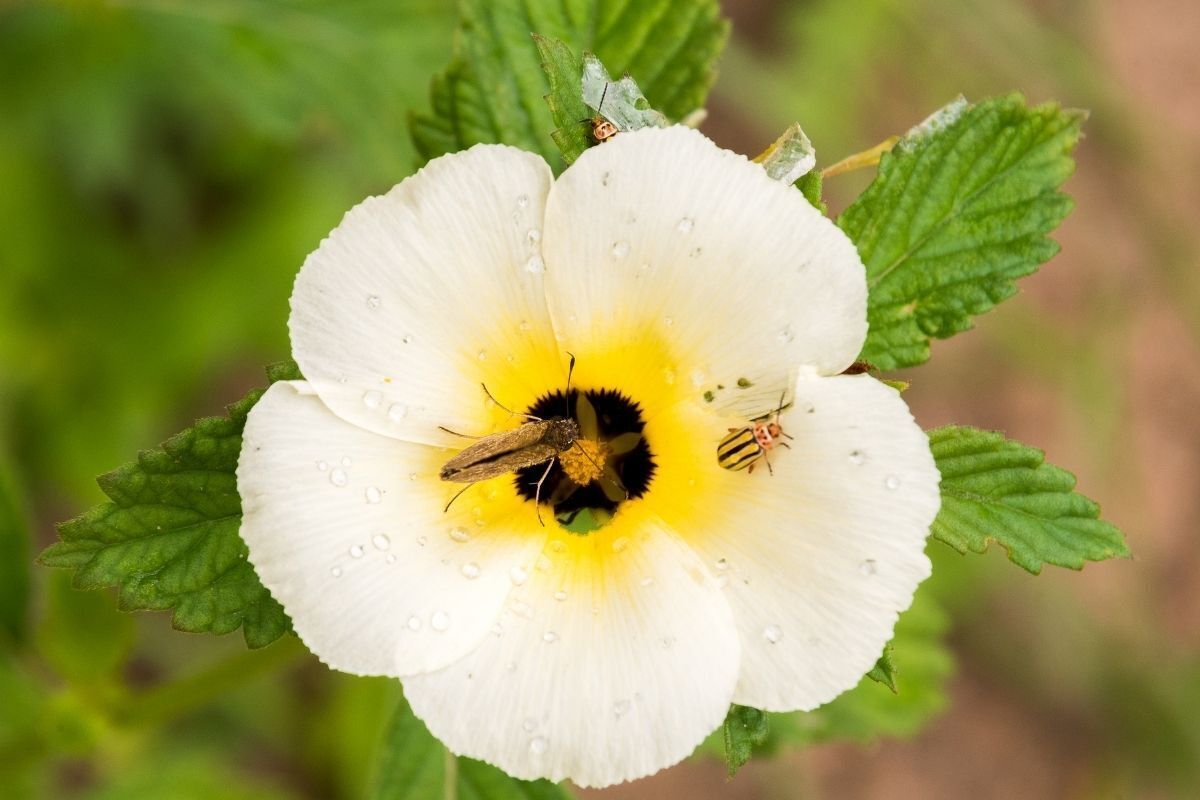
Confused by many as a weed, Chanana is a plant that stands out for its subtle aroma. For others, the miracle plant is unbeatable when it comes to its medicinal effects. Apart from that, chefs all over the world never tire of featuring the delicacy in their most diverse recipes.
By reading this article, you learned what it is, what it is used for, and what are the main benefits of the famous elecampane. We also show what its main indications are and how to make use of its flowers, leaves and roots.
Our article also brought important tips for planting and growing this aromatic herb, which, besides everything, is beautiful for decorating environments. Now it's your turn! Get the seeds and start your Chanana plantation. In a very short time, you will be able to enjoy all the benefits of this plant all year round!

